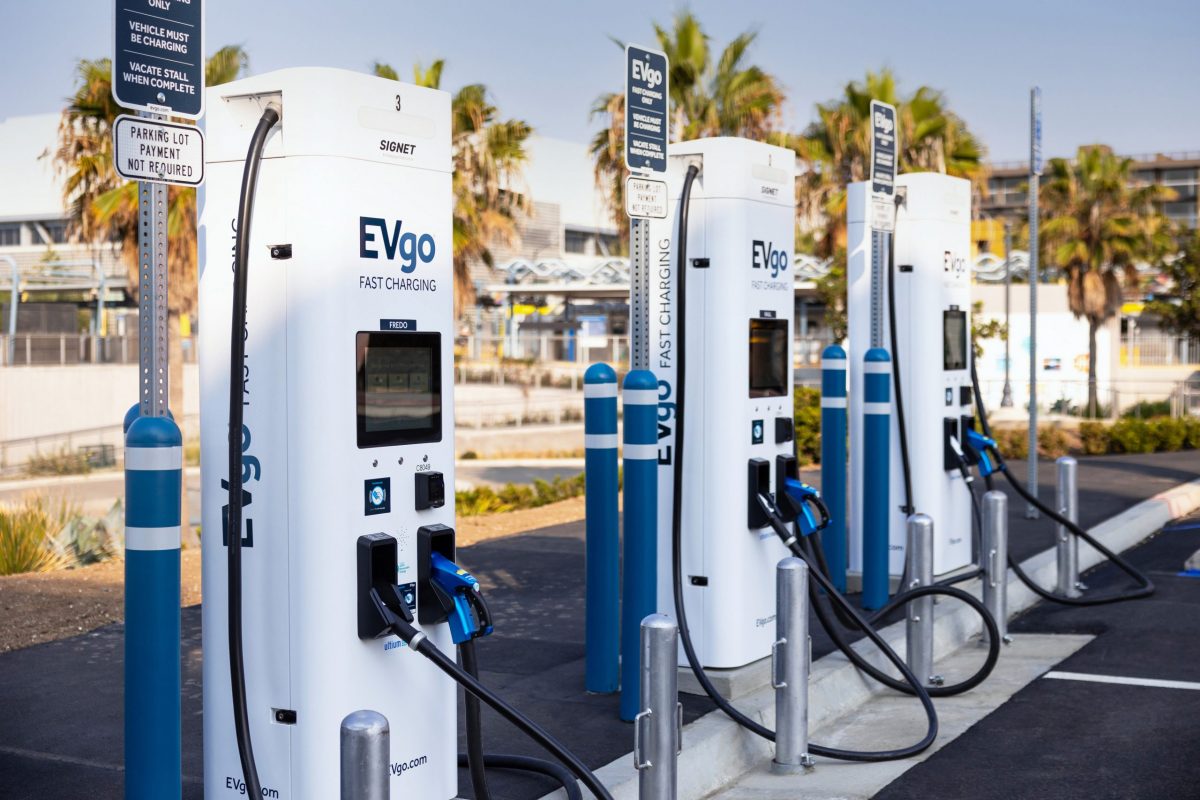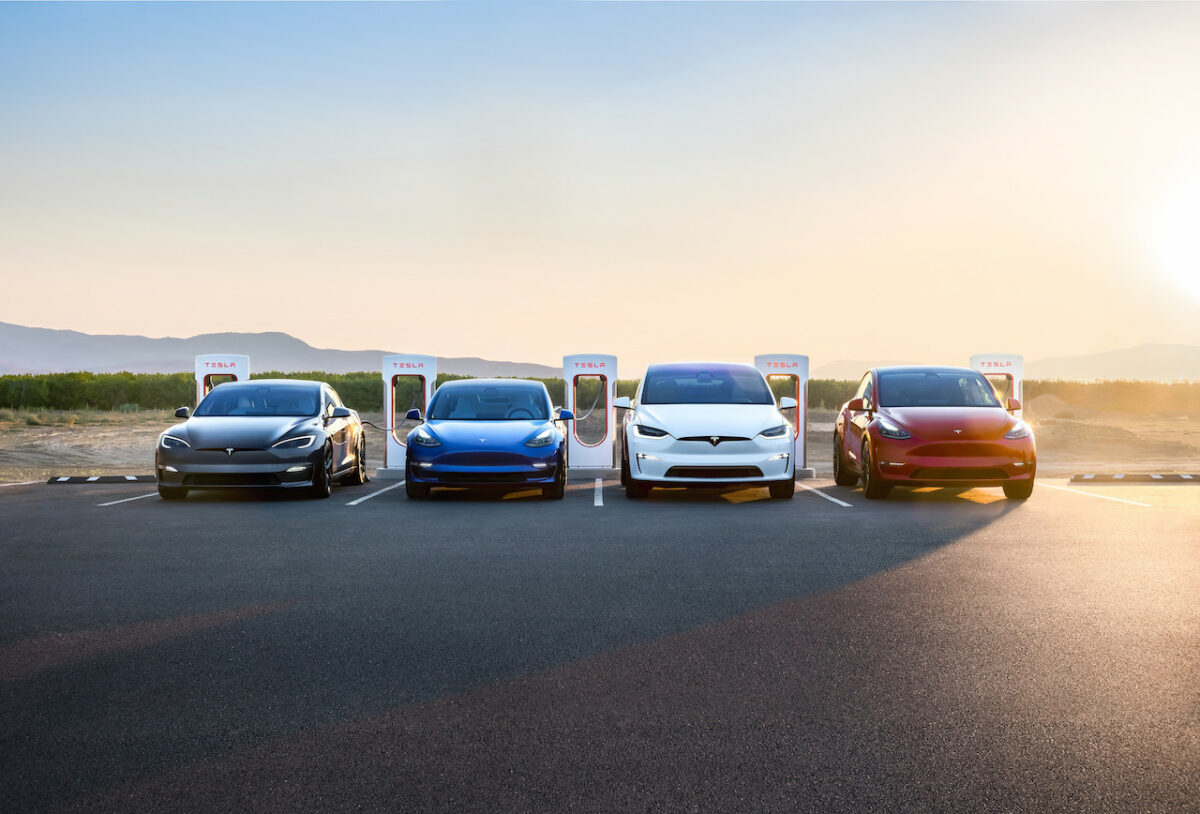It appears China may not be the saviour of the battery EV (BEV) after all – despite ambitious government targets, EV sales continue to disappoint. Nonetheless, OEMs cannot ignore China as far as pure electric vehicles are concerned, and global manufacturers continue to launch China-only EV brands with their local partners: BMW Brilliance has recently announced Zinoro; Daimler and BYD used Shanghai to display the latest incarnation of their first Denza brand electric SUV; and Toyota and FAW showed a Ranz-branded vehicle. Venucia (Dongfeng Nissan), by comparison, is almost a household name.
Whilst EVs may have captured the headlines at the Shanghai Auto Show, where for example Detroit Electric decided to launch the world’s fastest EV, a little scratching of the surface revealed a Shanghai show that appeared to be more about hybrids than EVs. Where once it was impossible to walk through the Shanghai show without tripping over EV wires, at Shanghai 2013, very few were visible, and instead, writes Bertel Schmitt, it was “hybrids, hybrids, everywhere”. Volkswagen China executive Jochem Heizmann was quoted as saying that plug-in hybrids offer a much better chance than pure EVs, and there was widespread assumption at the show that the government is about to broaden its incentive strategy to include hybrid vehicles. Could the 2013 Shanghai Auto Show mark a turning point in China’s electrification strategy which, it must be remembered, now also includes hybrid and plug-in hybrids?
Where once it was impossible to walk through the Shanghai show without tripping over EV wires, at Shanghai 2013, very few were visible
This would be good news for Toyota, which at the end of March reported cumulative global sales of 5.125 million hybrid vehicles since the Prius was launched in 1997. Toyota has two joint ventures developing China-only EV brands, namely the aforementioned Ranz brand with FAW, and another with Guangzhou. But at the expense of definitive BEV development, even for China, the OEM continues to hawk its hybrid technology – even for China, where it sold 17,000 hybrids last year.
Hydrogen is inching ever closer to the mainstream, with development coming not just from OEMs and major suppliers, but also from smaller, innovative companies like ACAL Energy of the UK which is promoting its affordable fuel cell technology, and Alset Global, which has created a way of using hydrogen, gasoline, or a mix of the two, in a conventional combustion engine.
Whilst China targets sales of 500,000 electric vehicles by 2015 and 5 million by 2020, Germany has a target of producing 1 million EVs by 2020 and 5 million units by 2030
And as ever in the fuel economy and efficiency debate, there remains a role for clean internal combustion engine technology, where the industry appears to favour investment, particularly as EVs fail to deliver – at least, in terms of sales.
Nonetheless, governments continue to set EV targets, and the industry continues to brace itself: Continental has just invested €2.6m (US$3.4m) in the expansion of its Nuremberg centre of excellence for electric and hybrid drive systems. Whilst China targets sales of 500,000 electric vehicles by 2015 and 5 million by 2020, Germany has a target of producing 1 million EVs by 2020 and 5 million units by 2030. Producing, that is. Selling is a different matter.
Look at these targets for the future, and then look at what those in the industry think now. An Automotive World study into the prospects for battery electric vehicles over the next ten years, Technology Roadmap: battery electric vehicles, found that BEVs will account for less than 5% of the new light vehicle market by 2020; more than 5% of new light vehicles globally will have some form of powertrain electrification by 2020; and hybrid-electric powertrains will be the dominant type of electrified powertrain by 2020. Hybrids, hybrids, everywhere…
Martin Kahl is Editor, Automotive World.
The AutomotiveWorld.com Comment column is open to automotive industry decision makers and influencers. If you would like to contribute a Comment article, please contact editorial@automotiveworld.com.



